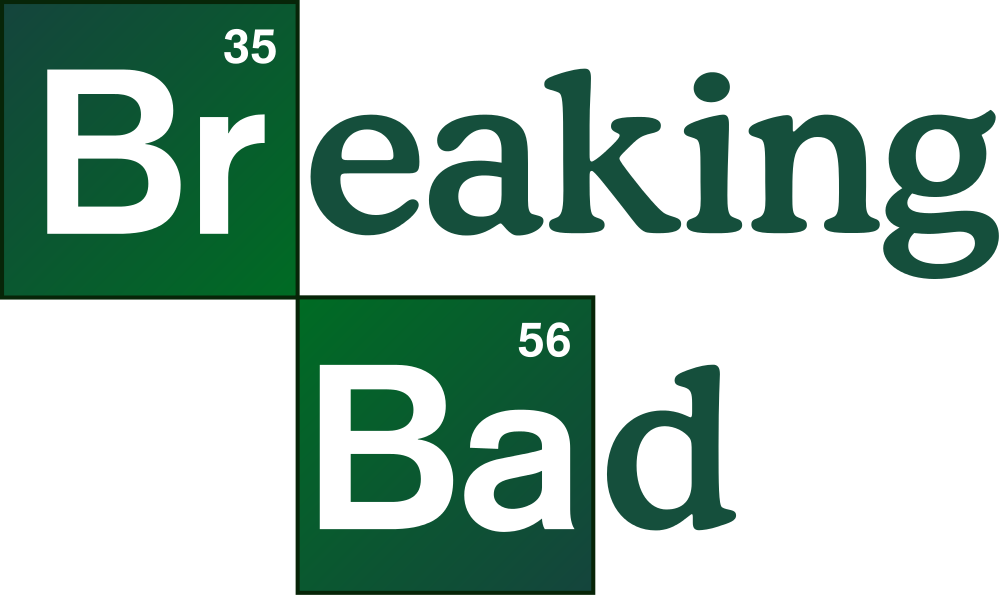Editor's Note:
This special edition of Addiction and the Humanities was written by Julia Wise, who conducted an independent research project with the Division on Addiction during the summer of 2012.
Crystal Meth is a unique drug that affects users unlike any other
substance. A first example is methamphetamine’s effects on the brain; long-term
use can result in psychotic symptoms. Some people suffer from these symptoms even after
they stop using (Kelly, 2005). A second way that crystal meth is distinct is the
way it is produced. Rather than being derived originally from a plant, meth is
produced chemically from materials purchased in local stores.
Unlike crack, which is prevalent in cities and often associated with minorities
and crime, meth is usually produced and distributed in rural areas and appeals
to a number of different populations (Linnemann, 2009). In a 2007 edition of
Newsweek, a writer warns that meth appeals to “computer geeks in Silicon
Valley, factory workers in Georgia, gay professionals in New York” (Jefferson,
2007).
The popular television series Breaking Bad is the most recent depiction of
crystal meth in the media. The show revolves around a middle aged science
teacher named Walt who learns he has terminal cancer and begins producing
methamphetamine in order to support his family. 
The show touches upon both the
business of methamphetamine production and distribution as well as the effects
that the drug has on people’s lives. Breaking Bad is unique in
its approach toward depicting crystal meth, as it aims to be realistic and
humorous at the same time. A light hearted approach to meth was unheard of
during its dangerous rise during the 1990’s. Walt’s first attempt at producing
meth leaves him stranded in the desert in his underwear.
Breaking Bad's dark hu mor is a sharp contrast
mor is a sharp contrast
to depictions of meth in public health campaigns, such as the “Montana Meth Project,”
which use shocking and disturbing images to discourage youth from
trying meth. This project succeeded in associating methamphetamine with classic
images of teens scratching imaginary insects off their skin and other
psychosis-like symptoms, but it might have unintended consequences; as we discussed in an earlier post, adolescents in particular often react against
prevention messages that seem too “preachy,” directive, and fear based.
Although
Breaking Bad has some shocking aspects, it succeeds in normalizing and
humanizing the drug. While the characters on the show have problems, they are
relatable, functional human beings who do not resemble the horror stories of
past examples of meth in the media.
Despite its emphasis on the commonality of meth distribution and
use, there is a clear consensus throughout the show that crystal meth has
negative consequences. For example, Jesse, Walt’s sidekick in meth production
and distribution, decides to become clean when his girlfriend dies of an
overdose. Other examples of tragedy on the show include the death of an 8-year
old drug dealer and a scene where two junkies are neglecting their child. Vince
Gilligan, the creator of the series, stated that “If there’s a larger lesson to Breaking Bad, it’s that actions have consequences” (Segal, 2011). As Walt and
Jesse’s business grows, their personal lives continue to disintegrate and Walt
becomes estranged from his family. He succeeds in
making enough money to pay for both of his children’s college educations, but
after the meth business destroyed his relationships, was it worth it?
As a chemistry teacher, Walt has a deep appreciation for the
chemistry behind meth production, and has finally found a way he can make a lot
of money and still do something he loves. As glorified as the chemistry behind
“pure, wildly addictive blue meth” is, Walt learns that there are indeed
consequences. Breaking Bad marks a shift in the attitude toward crystal meth;
it has traveled beyond health textbooks and horrifying advertisements into the
dark humor of an AMC series. One question remains: what does the depiction of
meth in Breaking Bad mean for viewers?The show returns for its final season this summer.
– Julia Wise
What do you think? Please use the comment link below to provide feedback on this article.
References:
Buxton, J. A. & Dove, N. A. (2008). The burden and management of crystal meth use.
CMAJ, 178 (12), 1537-1539.
Jefferson, D. (2007). Meth: America’s most dangerous drug.
Newsweek (1-4).
Kelly, S. (2005). Crystal Methamphetamine and Psychosis.
BC Partners for Mental Health & Addictions Information. Retrieved Feb. 21, 2013 from http://heretohelp.bc.ca/factsheet/crystal-methamphetamine-and-psychosis
Linnemann, T. (2010). Mad Men, Meth Moms, Moral Panic:
Gendering Meth Crimes in the Midwest. Critical Criminology, 18 (2), 95-110.
Segal, D. (2011). “The Dark Art of ‘Breaking Bad’,” The
New York Times, (1-9).




